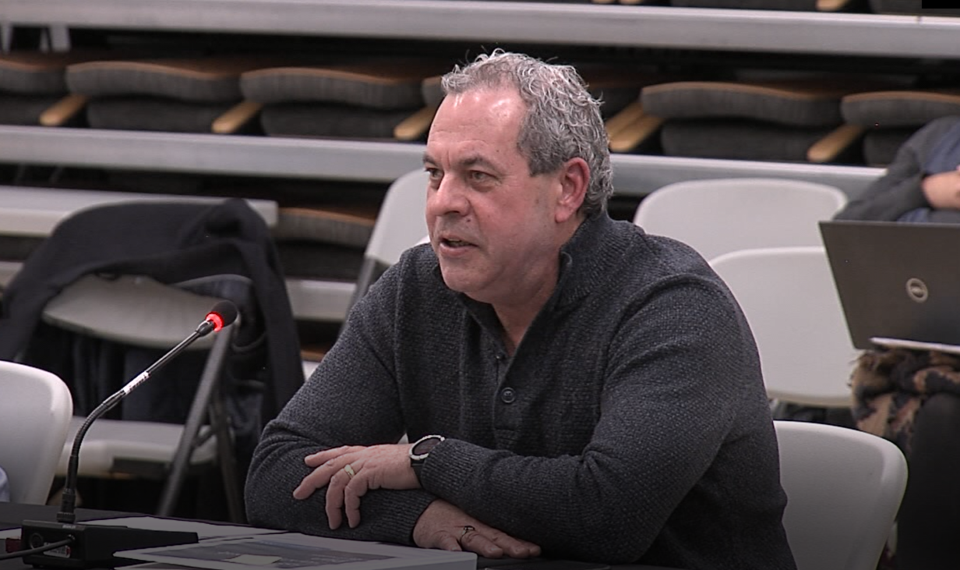KENORA — The city's mayor is calling on the province to help with infrastructure costs.
Kenora Mayor Andrew Poirier addressed the standing committee on finance and economic affairs' provincial pre-budget session in the city last week, with his presentation addressing the cost of infrastructure.
“What we need is a consistent stream of money to come to a municipality of this size in order to deal with our infrastructure deficit,” Poirier said.
“One of the challenges we have as a municipality is our high cost of construction. So, when we go and change out a kilometre of pipe out of the ground, the cost here and compared to Ottawa and Sault Ste. Marie is night and day. Our costs are substantially higher and we have data to prove that."
According to Poirier, the City of Kenora’s infrastructure backlog is approximately $78 million and its annual deficit is $13 million.
“We chip away at it by six or seven, so you can see the numbers do not add up for a municipality this size,” explains Poirier.
Commitee member Dave Smith, the PC MPP for Peterborough—Kawartha, said the Northern Ontario Heritage Fund Corporation makes specific strides to ensure the fund is available for infrastructure projects.
Smith asked Poirier if he thinks that there any are shortfalls with NOHFC, and if the province should direct more funding to address the needs of the north.
“It helps municipalities this size, which are in the north where it operates, but it would always be where there are larger projects and there always had to be this spin on economic development. Well, economic development can be defined in many ways. Sometimes it’s not direct, it might be indirect,” Poirier responded.
Poirier explains that through NOHFC, the city can account for $9.8 million in successful funding applications and they are going to leverage that funding over the next two years of projects.
However, the mayor said he would like to see the NOHFC take into account the infrastructure needs of the north, such as bridge reconstruction.
“We have 21 bridges in a municipality of 15,000 people. That’s a lot. We are not that large of a city. Geographically we are,” Poirier said.
Poirier points out nine of those bridges were built by the province. One of the bridges along Highway 17 cost $180 million to replace.
“How can a municipality that raised $28 million a year in tax levies afford to pay for a $150-million bridge?” Poirier asked. “There will be a day where that has to be replaced.”
